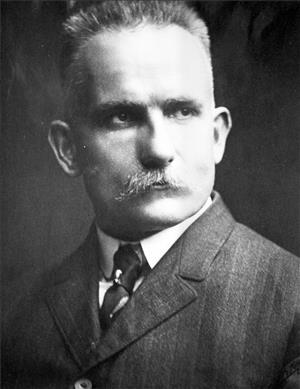On September 24, 1888, Seattle mayor Robert Moran addresses a letter to the Common Council suggesting a gravity water system with a source at Cedar River. Although the Cedar River had been considered in the past as a source for Seattle water, this is the first pronouncement by an elected official.
Early Predictions
The Cedar River was considered a potential source of water as early as December 25, 1880, when the Fin-Back, a regional weekly newspaper, predicted its use. At the time, the population of Seattle was 3,500. Although City Surveyor F. H. Whitworth gave consideration to this prediction, many felt that the current water system of springs and pumps was adequate.
By the end of the 1880s, the population of Seattle had blossomed to more than 40,000 people. Existing water systems, the largest of which was the Spring Hill Water Company, were strained by the increase of users. Mayor Moran submitted his proposal to the Council in 1888, which in turn submitted it to the Fire and Water Committee of R. E. Durie, C. F. Reitze, and T. E. Jones.
The committee recommended a special election, calling for a citizen vote authorizing a one million dollar bond to construct a water system from Rock Creek, a tributary of Cedar River. One week before the election, scheduled to be held on November 19, 1888, Mayor Moran discovered an error in the ordinance that made the call for election illegal. The Council postponed the election until July 1889.
The Great Fire
One month before the July election, a happenstance event transpired which assured the passage of the bond vote -- The Great Seattle Fire. On June 6, 1889, flames swept through downtown Seattle leaving much of it in ruins. The Spring Hill Water Company pump, located along the shore of Lake Washington, was strained to the limit, but due to its inadequacy, the flames spread quickly and consumed everything in their path.
Realizing that the burgeoning city could not rely on private water supplies, voters overwhelmingly authorized the construction of the Cedar River Water Supply in the July, 8, 1889 election, carried by 1,875 in favor and 51 against. Unfortunately, politics and economics would delay construction of the pipeline until 1899.

